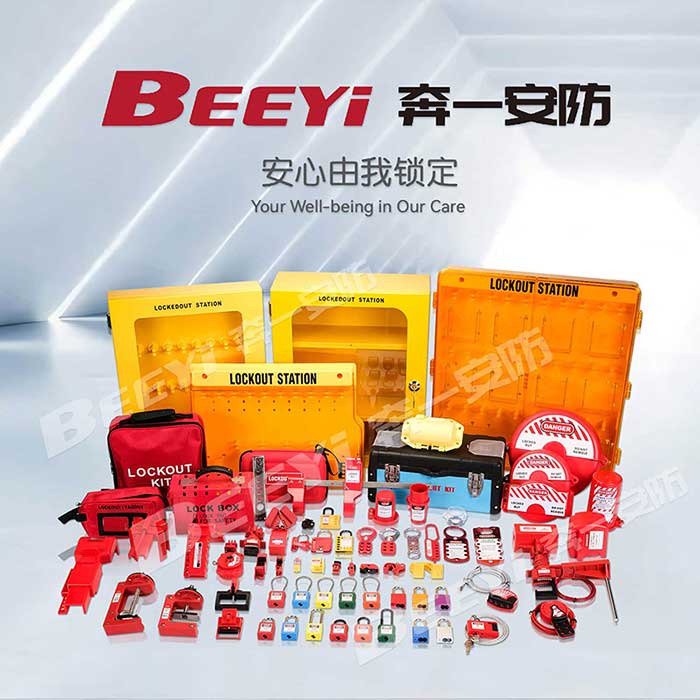Safety is a top priority in industrial settings, where workers are often exposed to hazardous equipment and machinery. To safeguard against workplace accidents, the Safety Lockout Tagout (LOTO) procedure plays a crucial role. This safety protocol is designed to prevent unexpected equipment startups during maintenance or servicing, ensuring that workers are not exposed to electrical, mechanical, or chemical hazards. In this article, we will explore the significance of the Lockout/Tagout procedure, its key components, and how its implementation can reduce workplace injuries and fatalities.

What is Lockout Tagout (LOTO)? Lockout/Tagout (LOTO) refers to a safety procedure used in workplaces to ensure that hazardous energy sources are properly isolated and controlled while maintenance or repair work is being performed. The procedure involves two primary steps: Lockout: This involves physically locking the energy control devices of machinery and equipment. Specialized locks are used to secure switches, valves, or circuit breakers, preventing the equipment from being turned on or activated during maintenance. Tagout: A tag, usually a brightly colored label, is placed on the locked equipment, clearly indicating that it is being serviced. The tag provides a warning to other workers not to attempt to operate the equipment.